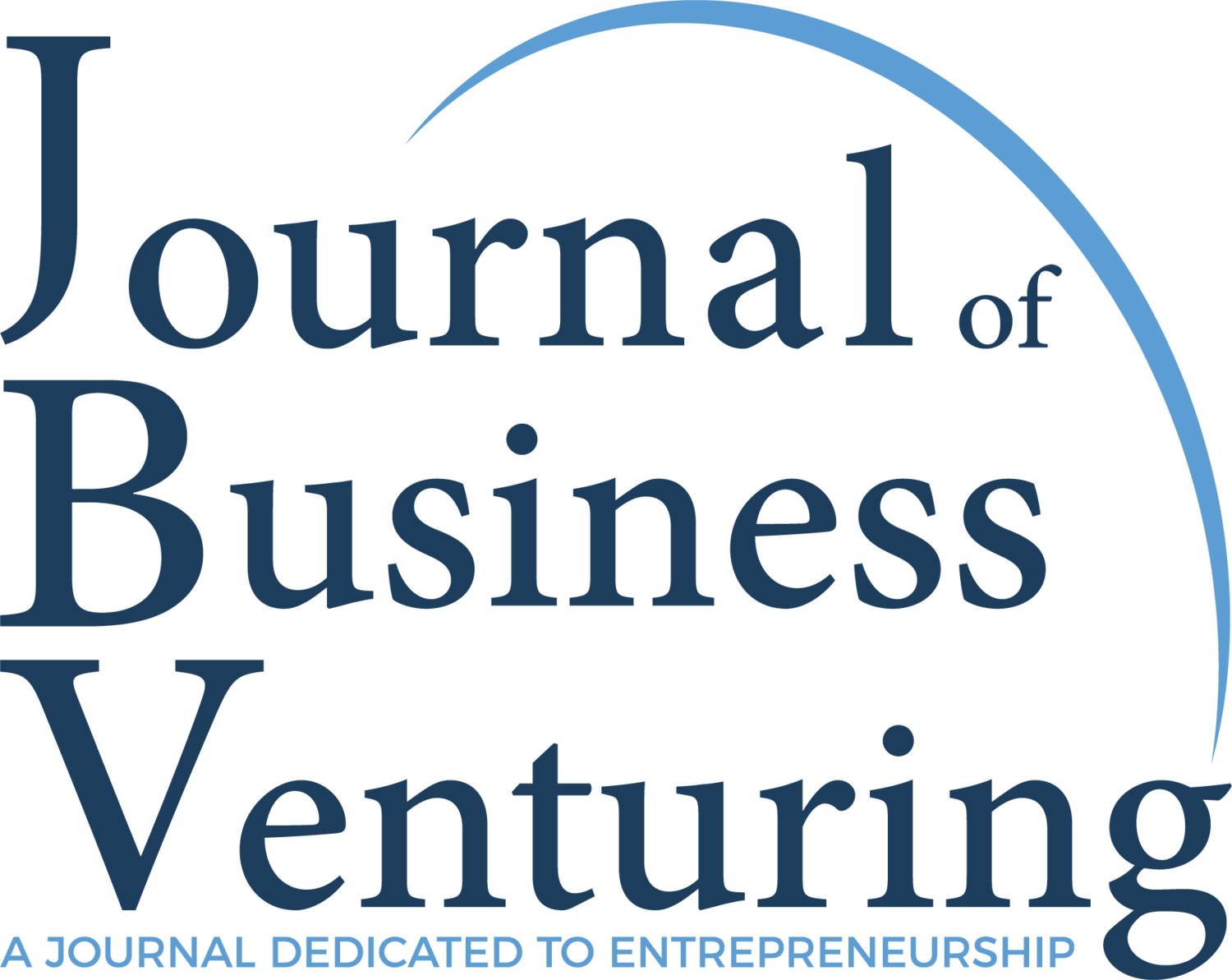A natural booster
Research Paper Title:
“The effect of trademark breadth on IPO valuation and post-IPO performance: an empirical investigation of 1510 European IPOs”
Authors:
Background:
Trademarks are critical assets that enable firms to appropriate returns from their branding efforts. They fulfill protection, marketing, and exchange functions. Yet, the effect of trademark breadth on firm outcomes and the underlying theoretical mechanisms remain unclear. To address this research gap, the authors analyze whether and how trademark breadth is associated with firm valuation and performance. Analyzing a sample of 1510 firms that went public in Europe between 2002 and 2015, the authors find a positive effect of trademark breadth on initial public offering (IPO) valuation and post-IPO performance. Amongst others, this study advances trademark research by drawing on real options theory, which allows us to capture the mechanisms that could explain why trademark breadth leads to better IPO outcomes.
Highlights:
The authors draw on real options theory to explore the impact of trademark breadth on IPO outcomes
An empirical study of 1,510 European IPOs between 2002 and 2015
Trademark breadth is associated with higher IPO valuation and post-IPO performance
The authors implement a contingency analysis to contrast real options and signaling theory
The authors perform a wide range of robustness checks and employ instrumental variables
Methodology:
Sample Description: The authors analyze a sample of 1510 firms that went public in Europe between 2002 and 2015
Sample Size: 1510
Analytical Approach: Regression analysis
Hypothesis:
H1a: Higher trademark breadth is positively related to IPO valuation.
H1b: Higher trademark breadth is positively related to post-IPO performance.
H2a: Service intensity positively moderates the association between trademark breadth and IPO valuation.
H2b: Service intensity positively moderates the association between trademark breadth and post-IPO performance.
H3a: The level of industry diversification positively moderates the association between trademark breadth and IPO valuation.
H3b: The level of industry diversification positively moderates the association between trademark breadth and post-IPO performance.
Results:
In line with our theoretical considerations, The authors find that greater trademark breadth is associated with higher IPO valuation and post-IPO performance, indicating that trademark breadth does indeed constitute a valuable real option. The authors demonstrate the robustness of this main effect in multiple analyses that address endogeneity-related and measurement-related concerns. The authors also implement a contingency analysis to contrast real options and signaling theory and find stronger support for the real options mechanism. Specifically, The authors find that this positive relationship is more pronounced for service-intensive and more diversified firms.
Conclusion:
The authors document that trademark breadth positively influences firms' IPO valuation and post-IPO performance. First, this result contributes to trademark research. While this research comprehensively documents the effect of a larger number of trademarks on firm valuation and performance, few studies include trademark breadth. Using real options theory, The authors show that trademark breadth constitutes an option that seems to be valued by IPO investors and associated with better performance. Furthermore, the application of real options theory enables a better conceptual understanding of the mechanisms through which trademarks lead to superior valuation and performance. Our assessment of boundary conditions also suggests that our empirical findings may be more consistent with real options theory than with signaling theory. Our findings also show that the effect of trademark measures on firm outcomes seems to be context-specific.


